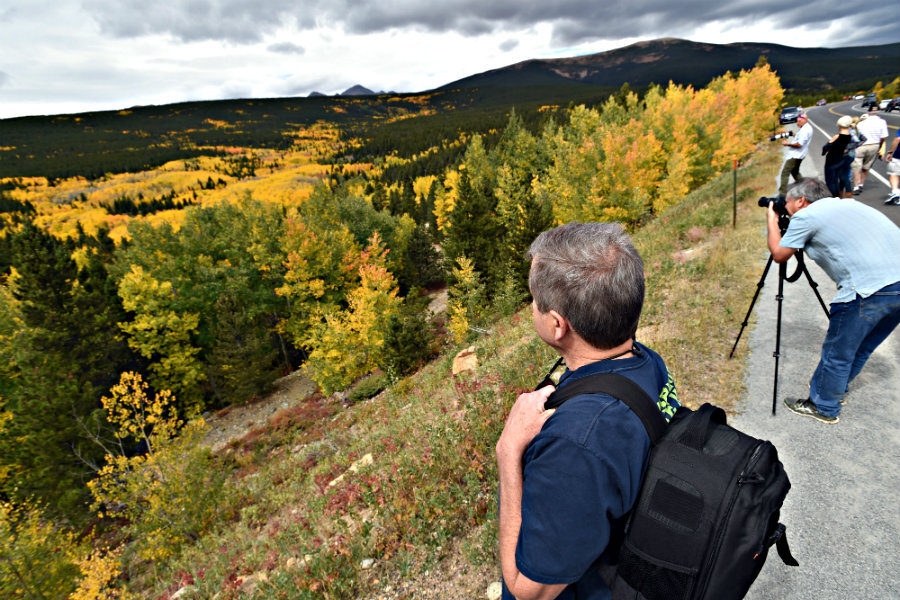Why does the equinox signal the start of fall?
Loading...
Break out the cozy sweaters and get ready to go pumpkin picking – as of 10:21 a.m. on Thursday, it is officially fall.
The autumn equinox arrived on Thursday morning when the Earth reached a point in its orbit when neither the Northern nor Southern poles were angled towards the sun. In fact, at nearly half past 10 on Thursday morning, the sun shone directly on the Earth’s equator, the imaginary line that divides our planet into two hemispheres.
Twice each year, Earth reaches this unique position, giving us two days with days and nights that are equally long in both the Southern and Northern hemisphere.
The very word equinox comes from Latin root words meaning “equal” and “night”: a pairing that makes sense, given the 12 hours of sunlight and 12 hours of darkness that the world experiences on the spring and fall equinoxes, which occur in September and March each year.
Yet while the September equinox means crisp days and chilly nights for the Northern hemisphere, residents of the Southern hemisphere are breaking out their warm-weather clothes and getting ready for the long, hot days of summer.
After the equinox, the Northern hemisphere will begin to tilt away from the sun as the Earth continues on its orbit, making the days slowly grow colder. As the Southern hemisphere begins its corresponding sunward tilt, it will steadily grow warmer until the vernal (or spring) equinox, the last day of the Southern hemisphere’s summer.
The peaks of both the winter and summer seasons are marked by days called solstices, when the sun appears farthest away from the equator. After June’s summer solstice, the North pole begins to point away from the sun, until finally it begins to point towards the sun again after the winter solstice in December.
The pattern of the seasons and the planetary dance that causes them was noticed long ago, by our ancestors. Around the world, ancient cultures marked and celebrated the solstices and equinoxes, leaving reminders behind: from the monoliths in England's Stonehenge, thought to mark the equinoxes and solstices, to Latin America, where the Mayans also built a celestial calendar, a stone pyramid called El Castillo. And thousands of miles away, in Australia, aboriginal Australians appear to have used rock calendars to mark the passing of the sun.
Although we may no longer celebrate like our ancestors, the changes signaled by the equinox are coming, from falling leaves to late-season snowstorms. Perhaps just a celebratory pumpkin spice latte will do – or admiring Google's daily doodle, whose tumbling burnt-orange leaves are an ode to the changing season.






